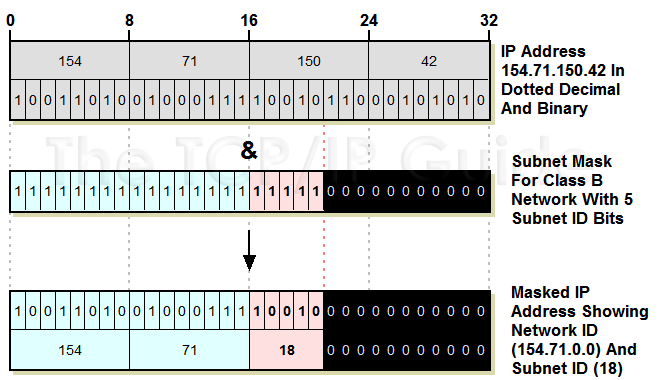 |
|
Please Whitelist This Site?
I know everyone hates ads. But please understand that I am providing premium content for free that takes hundreds of hours of time to research and write. I don't want to go to a pay-only model like some sites, but when more and more people block ads, I end up working for free. And I have a family to support, just like you. :)
If you like The TCP/IP Guide, please consider the download version. It's priced very economically and you can read all of it in a convenient format without ads.
If you want to use this site for free, I'd be grateful if you could add the site to the whitelist for Adblock. To do so, just open the Adblock menu and select "Disable on tcpipguide.com". Or go to the Tools menu and select "Adblock Plus Preferences...". Then click "Add Filter..." at the bottom, and add this string: "@@||tcpipguide.com^$document". Then just click OK.
Thanks for your understanding!
Sincerely, Charles Kozierok
Author and Publisher, The TCP/IP Guide
|
|
|

Custom Search
|
|
IP Subnet Masks, Notation and Subnet Calculations
(Page 3 of 4)
Applying the Subnet Mask: An Example
Now, let's see how the subnet mask might be used. Suppose we have a host on this network with an IP of 154.71.150.42. A router needs to figure out which subnet this address is on. This is done by performing the masking operation shown in Table 50 and Figure 67.
Component |
Octet 1 |
Octet 2 |
Octet 3 |
Octet 4 |
IP Address |
10011010 |
01000111 |
10010110 |
00101010 |
Subnet Mask |
11111111 |
11111111 |
11111000 |
00000000 |
Result of AND Masking |
10011010 |
01000111 |
10010000 |
00000000 |
|
This result, 154.71.144.0, is the IP address of the subnet to which 154.71.150.42 belongs. There is no need to explicitly differentiate the network ID bits from the subnet ID bits, because we are still using “classful” addresses. Any router can see that since the first two bits of the address are “10”, this is a Class B address. So the network ID is 16 bits, and this means the subnet ID must be bits 17 to 21, counting from the left. Here, the subnet is the portion highlighted above: “10010”, or subnet #18. (I'll explain this better in the section on custom subnetting.)
|
|
| |||||||||||||||||||
Home - Table Of Contents - Contact Us
The TCP/IP Guide (http://www.TCPIPGuide.com)
Version 3.0 - Version Date: September 20, 2005
© Copyright 2001-2005 Charles M. Kozierok. All Rights Reserved.
Not responsible for any loss resulting from the use of this site.








 Key Concept: The subnet mask is often expressed in dotted decimal notation for convenience, but is used by computers as a binary number, and usually must be expressed in binary to understand how the mask works and the number of subnet ID bits it represents.
Key Concept: The subnet mask is often expressed in dotted decimal notation for convenience, but is used by computers as a binary number, and usually must be expressed in binary to understand how the mask works and the number of subnet ID bits it represents.